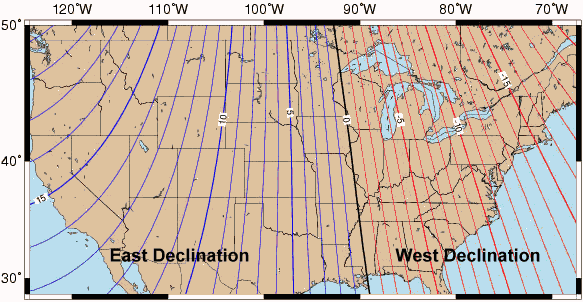I recently took the plunge and ordered a Kestrel 4500 with the Horus ATRAG from Triad. I say keep the money in the community.
This is no iPhone!
I think the Horus directions were much better written than the ones for the Kestrel. But, I did attend Alabama public schools, and join the USMC, so maybe I'm just a slow learner.
I look forward to comparing this device with the "Ballistic" app in my iPhone at the range.
Good shooting,
Wes</div></div>
I'm not sure if "this is no IPhone" is supposed to be good or bad. There is one major difference in using the kestrel for ballistics calculations vs using an I phone or PDA. That is that the Kestrel not only measures wind speed but also the azimuth the meter's pointed when a reading is taken. There are four important azimuths. Those are:
magnetic north (kestrel back facing magnetic north)
true north (kestrel back facing true north)
wind (kestrel back facing into the wind)
target (kestrel back facing toward the target)
The kestrel should be calibrated with the magnetic offset before use so the azimuths are relative to true north when displayed or used in ballistic calculations.
The calibration procedure is in the Weather Tracker manual, not the Horus manual. If it's not done right the calculated wind deflections will be wrong. As with any hand held wind meter they may still be wrong if wind downrange isn't the same as at the location it's measured.
I don't know if the Iphone or PDA software worries about magnetic north, but it's necessary for the Kestrel unless you use manual entry for it's wind and target azimuth which you can do if you want. The the magnetic declination angle can be large. Where I live in Arizona it's +11.5 Degrees. Make sure your 4500 reads 0 degrees when it's back is facing true north after it's initial set up or the wind readings and wind deflections will be wrong. A magnetized rifle or other local magnetic fields can also make the kestrel's azimuth readings wrong. In that case estimate the angles and enter them manually.
Here's the magnetic offset map of the US. It changes a little from year to year:


